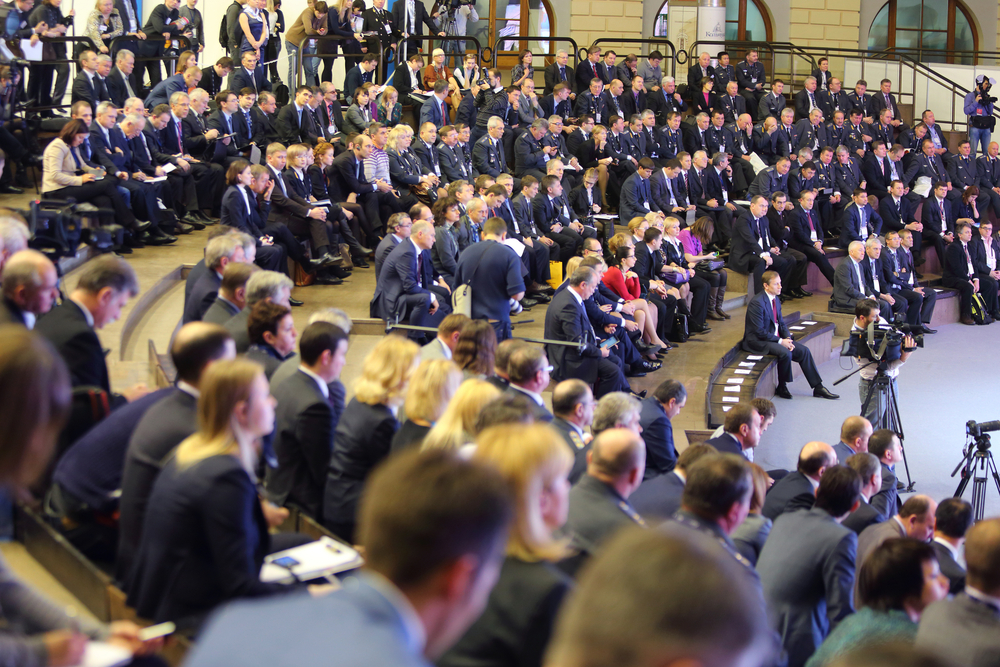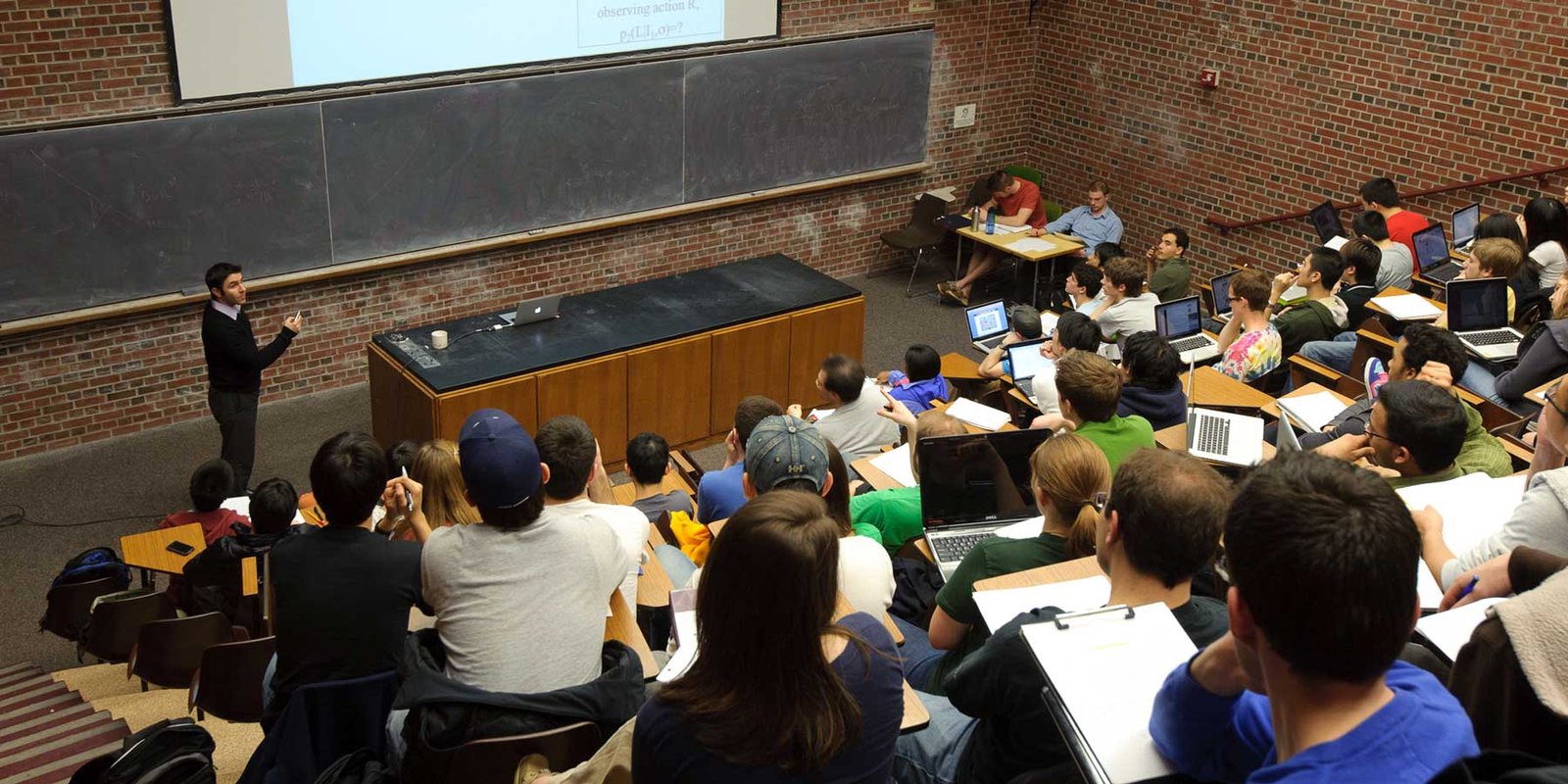Introduction
Essential in the academic scene, lecture hall complexes provide the main sites for classes, workshops, and big events at colleges. These constructions are precisely created to support successful educational experiences, allowing different teaching styles and technological changes. Emphasizing the importance of lecture hall complexes in modern education, this thorough study looks at their development, architectural design, technical integration, and future trends.
Historical Evolution of Lecture Hall Complexes
Lecture halls have been a part of education since times when public discussions and learning took place in open-air forums and amphitheaters in ancient civilizations like medieval Europe and universities in cloisters or monastic settings established dedicated lecture spaces during the Renaissance period which saw architectural advancements leading to the creation of purpose-built lecture halls that were both functional and visually appealing due to advancements, in building materials and design philosophies during the 19th and 20th centuries.
Architectural Design and Functionality
Contemporary lecture hall buildings exhibit architectural elements.
Arrangement of Seats; Tiered seating is commonly used to provide views of the lecturer and encourage participation, in the class setting. Creative seating layouts, like customizable setups, are becoming more favored to cater to teaching approaches.
Having acoustics is essential for communication to take place without any issues. Architects use high-quality materials and innovative design methods to improve clarity so that everyone can hear lectures clearly and without difficulty.
Natural and artificial lighting work together seamlessly, to foster learning settings, with windows positioned and energy-efficient lighting systems being frequently utilized in this approach.
Lecture rooms come with setups, like projectors and interactive whiteboards to enhance the teaching experience through various techniques and tools available.
Case Studies of Notable Lecture Hall Complexes
Indian Institute of Technology Bombay (IIT Bombay): IIT Bombay has its Lecture Hall Complex which is one of the modern-styled halls with advanced machines. It is home to several lecture halls, catered with modern audio-visual learning devices, which provide an interactive learning atmosphere.
Chhatrapati Shahu Ji Maharaj University (CSJMU): The Lecture Hall Complex of CSJMU has lecture halls where 72 lectures can be conducted in a day. Its opti.mew lecture halls are equipped with cutting-edge techniques necessary for the efficient delivery of lectures, befitting such a university.
Indian Institute of Technology Roorkee (IIT Roorkee): The Lecture Hall Complex-II (LHC-II) has centrally air-conditionedSmart( classrooms with modern facilities such as audio and video conferencing facilities, digital podiums, laser projectors, and related devices to improve quality of education.
Technological Advancements in Lecture Halls
Technology has shifted lecture halls from a static learning environment to a dynamic learning environment:
Smartboards/Interactive Displays: The usage of smartboards and interactive displays promotes real-time learning engagement and collaborative learning.
Hybrid learning capabilities: Advanced video conferencing systems enable hybrid learning models, providing remote access to lectures and seminars.
Sustainable Technologies — Following global environmental sustainability goals, lecture hall complexes would adopt energy-efficient lighting, climate control systems, and sustainable building materials.
Modern Lecture Halls: Design Considerations
There are several considerations concerning designing successful configurations for lecture hall complexes:
Accessibility: The lecture halls must be accessible to individuals with disabilities. Ramps, elevators, and seating arrangements accommodate different needs, to name a few.
Versatility: Often designing spaces that can be adapted quickly to support various learning styles and population sizes contributes to the flexibility of lecture halls.
Comfort: ERGONOMIC SEATING, OPTIMAL ACOUSTICS, AND APPROPRIATE LIGHTING make for a comfortable environment for both students and instructors, enabling effective learning.
Future Trends in Lecture Hall Design
Several trends will define lecture hall complexes going forward:
Hybrid Learning Spaces: Designs will more and more support several learning styles through advanced technology to enable both in-person and online learning as well as to promote both in-person and virtual learning.
Sustainable Design: With the use of recyclable materials, energy-efficient systems, and designs that reduce environmental impact, sustainable design will be more stressed.
Adaptive Reuse: More and more prevalent will be the repurposing of existing buildings into lecture halls, thereby preserving historical architecture while satisfying present educational demands.
Conclusion
From simple lecture rooms, lecture hall complexes are essential components of the learning process transforming into elegant, multifunction complexes. With careful architectural planning and the incorporation of cutting-edge technology, these projects keep improving the educational experience through which they fit the evolving requirements of education. The emphasis on sustainability, flexibility, and technological integration going forward will define the next generation of lecture hall complexes and guarantee they retain their cutting-edge educational innovation.
Also Read: Modo: Mastering Your Online Data Management











